
| Recorded by: Allison Garton on 2025-07-24
Moore Co.
Comment: | 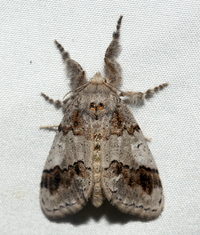
| Recorded by: Jeff Niznik, David George, Rob Van Epps, Kevin Metcalf on 2025-07-20
Richmond Co.
Comment: |
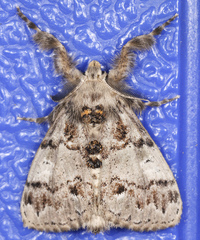
| Recorded by: John Petranka, Jim Petranka and Becky Elkin. on 2025-05-09
Cumberland Co.
Comment: | 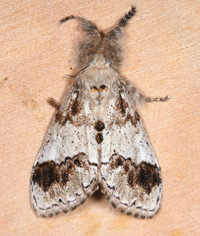
| Recorded by: John Petranka, Jim Petranka and Becky Elkin. on 2025-05-09
Cumberland Co.
Comment: |
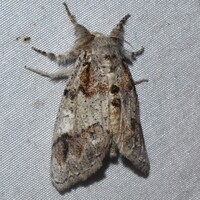
| Recorded by: Jeff Niznik, David George on 2025-05-09
Cumberland Co.
Comment: | 
| Recorded by: Jeff Niznik, David George on 2025-05-09
Cumberland Co.
Comment: |
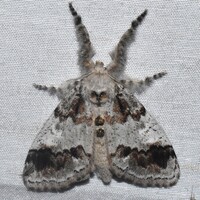
| Recorded by: Jeff Niznik, David George on 2025-05-09
Cumberland Co.
Comment: | 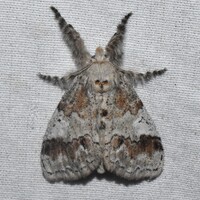
| Recorded by: David George, Jeff Niznik on 2025-05-09
Cumberland Co.
Comment: |

| Recorded by: David George, Jeff Niznik on 2025-05-09
Cumberland Co.
Comment: | 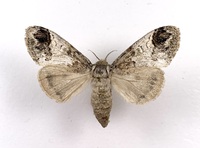
| Recorded by: Rich Teper, David George, Jeff Niznik on 2023-05-22
New Hanover Co.
Comment: |
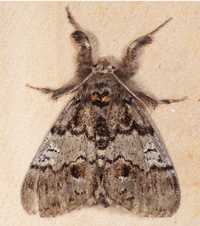
| Recorded by: John Petranka and Jim Petranka on 2023-05-19
Scotland Co.
Comment: | 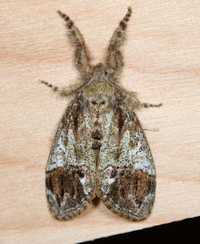
| Recorded by: Jim Petranka on 2022-06-01
Montgomery Co.
Comment: |
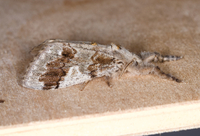
| Recorded by: Jim Petranka and Bo Sullivan on 2021-08-09
Scotland Co.
Comment: | 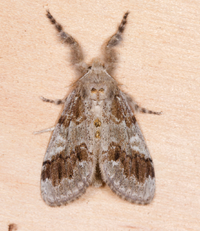
| Recorded by: Jim Petranka and Bo Sullivan on 2021-08-09
Scotland Co.
Comment: |

| Recorded by: Jim Petranka, Bo Sullivan and Steve Hall on 2021-05-11
Scotland Co.
Comment: | 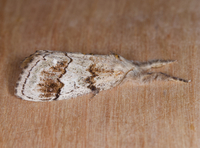
| Recorded by: Jim Petranka, Bo Sullivan and Steve Hall on 2021-05-11
Scotland Co.
Comment: |
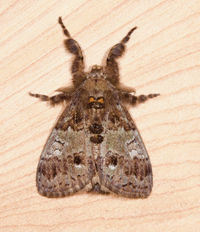
| Recorded by: Jim Petranka, Bo Sullivan and Steve Hall on 2021-05-10
Scotland Co.
Comment: | 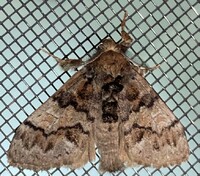
| Recorded by: Dean Furbish on 2021-05-08
Wake Co.
Comment: |
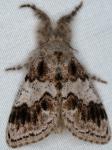
| Recorded by: T. DeSantis on 2013-05-18
Moore Co.
Comment: | 
| Recorded by: SPH on 1998-05-18
Pender Co.
Comment: |
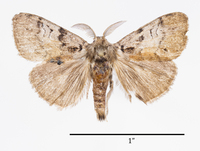
| Recorded by: SPH & DFS on 1991-05-09
Pender Co.
Comment: Male with basal dash and black-and-white tornal dot on right forewing; det. D. Schweitzer |

 »
»




 »
»


